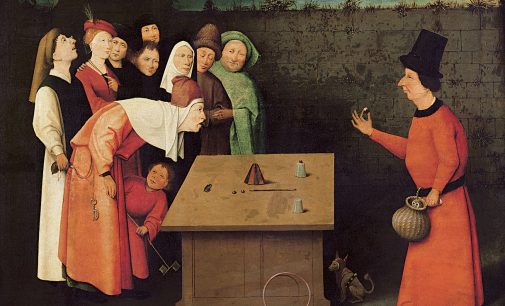Economic concepts can lay dormant for extended periods of time, but they never truly disappear. This is why it pays to know people who are older than you and have actually lived through one (or more) economic cycles.
Investors

Long-term investors like retirement savers can easily act like a fiduciary for their own assets. All they need to do is look in a mirror – but not for their own reflection. Look in a mirror a retirement professional is looking into and see how that reflection invests for retirement.

With a GOT-based strategy, expectations are predicated on needs, not the happenstance of the market. GOT-based portfolios may not have the record-breaking excitement of market indices, but it’s slow-and-steady-wins-the-race philosophy may lead to a more comfortable retirement.

In retirement planning, there can never be any guarantees. That’s why it’s critical that these tools are used continually and consistently. A magician never gives the audience’s eyes a chance to wander.

Never belittle the question or the person asking the question. These are sincere queries that represent commonly held beliefs. These beliefs live a Schrodinger Cat-like existence, being generally not quite true and not quite false. It’s critical, for the benefit of all retirement savers, that these questions be asked and that fiduciaries encourage their asking. This is the only way that allows the fiduciary to respond in the second noteworthy way: By using these questions to refute misconceptions and promote good retirement saving decision-making.

In this retirement plan version of the game “Who Killed Cock Robin?” we can identify three macroeconomic trends that slayed the pension plan, once the giant among all retirement plans. But, where does the 401k fit in?

Why did Philadelphia’s fund grow slower than Boston? Davis says, “If they had been invested for the same time at the same rate, there would be no difference, so it would appear that Philly got lower returns on funds invested than Boston.”













